Breaking
- MENU
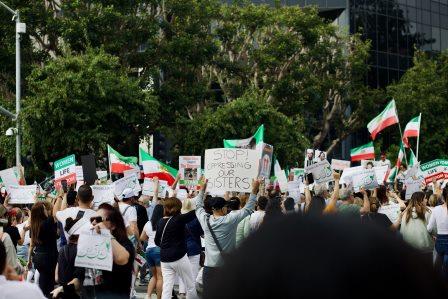
Following the death of 22-year-old Mahsa Amini (also Zhina), widespread protests have gripped the Islamic Republic of Iran, which are turning out to be the largest since the November 2019 protests. The demonstrators are protesting against the regime’s gender discriminatory policies, unbridled state violence, corruption and mismanagement. Given the similarity of demands and nature of anti-government protests, it’s understandable that observers have drawn a parallel between the ongoing protests and Arab Spring protests. Without downplaying the consequentiality of the ongoing protests, this piece contends that current protests would not be the allegorical ‘Bouazizi moment’ for Iran as was the case after the self-immolation of Mohammed Bouazizi that sparked the Arab Spring protests in Tunisia and toppled the authoritarian regime.
Developments so far
The ongoing protests started on September 16 after the custodial death of Mahsa, an ethnic Kurd of Saqqez city in Kurdistan province in western Iran. Mahsa had travelled with her family to Iran before she was arrested on September 13 by the regime’s ‘Guidance Patrol’, also known as `morality police’ for practising “bad hijab” (a term used to describe improper ways of wearing the hijab). Mahsa was put in the intensive-care unit (ICU) after the injuries sustained by torture and harassment by the morality police. A picture of Mahsa frailly lying on a hospital bed went viral and instantly sparked agitation in her home province. Later, her medical records were leaked that showed her skull fractured and sustained injuries in brain, which further stirred agitations throughout the country.
Over the last week, the protests had turned violent, with reportedly ten people killed and hundreds injured. Protests are prevalent in all the major cities, including Tehran, Mashhad, Kermanshah, Zahedan, Semnan, Urmia, Ardabil, and Noshahr. In terms of participation, the women are leading the protests, while traders, bazaaris, and particularly the students (in universities) have been prominent participants. All are united in their opposition to the regime’s reprehensible policies against women, illustrated in their slogans like “Death to the Dictator,” “Down with Khamenei,” “Guidance Patrol is Killer,” and “We will kill those who killed our sister.”
Not the Bouazizi moment
Three broad arguments can be forwarded to exhibit scepticism to the magnitude to which current protests can lead to political transformation in Iran. First, women’s persecution with or without hijab issue is a perpetual phenomenon in post-revolutionary Iran, and despite a series of protests over the years, the women’s protests had limited impact. Women never had any agency or allies that could lend stimulus to their movement.
The compulsory veil (hijab) under the famous slogan of “ya rousari, ya tousari” (either the veil or the baton) was introduced after the Revolution and has continued since. One can look at the last few months to gauge the scope of brutality against women. For instance, earlier this year, women were not allowed to enter football stadiums and were met with pepper spray despite permission and tickets. In July, Sepideh Rashno, a woman protesting the compulsory hijab, was brutally assaulted before she had to apologize in forced confession. Last month, the Guidance Patrol in Rasht (in northern Iran) threw a woman out of a moving van for similar charges.
All these incidents sparked protests but failed to bring any tangible change in women’s conditions. Therefore, the reality is that women’s protests have largely proved futile in addressing their concerns. Similarly, it is doubtful that current protests would be able to deliver. Meanwhile, the government has doubled down on women’s repression with more regulations to enforce “gender apartheid” policies.
A good example is a new decree that President Raisi signed in mid-August that allows the violators of the hijab code to be fined and permits the government to dismiss female employees if their social media posts fail to conform to the regime’s code. Further, it provisions depriving women (for 6-12 months) of social rights and access to public services like public transport, banks and government offices.
Second, the Iranian regime is experienced in handling the protests compared to other authoritarian regimes. Since the Revolution, the regime has survived notable protests, including student protests (1999), Green Movement (2009), 2017-18 protests, Bloody Aban protests (2019) that reportedly left 1,500 Iranians dead, and January 2020 protests following the shooting down of the Ukrainian airliner by the Islamic Revolutionary Guards Corps (IRGC) killing 176 people, including 82 Iranians. The vast state machinery has frequently enabled the government to neutralize the protests. A critical instrument of the regime’s anti-protest measures is using Basij volunteer forces that are organized, funded and operated by IRGC.
Basij forces comprise the regime loyalists at the grassroots level that get recruited to IRGC. Alternatively, they get regular jobs while working part-time for Basij. They also perform pro-government protests, sometimes violently clashing with anti-government protestors. Moreover, Iran is better placed to regulate cyberspace, which is critical in sharing information and content to aid mobilization. Already, the internet services are down in Iran. All three major internet service providers (ISPs) – MCI, Rightel and Mobinet – have dismantled their services. The social media that played a remarkable role in the Arab Spring remains blocked.
Third, the protestors in Iran have little scope for support from the outside. Dissidents and regime detractors have already been protesting and sharing gruesome videos of protests and police brutality. However, social media support does not translate into support on the ground. President Biden merely condemned the morality police instead of assisting protestors or making symbolic calls to leadership to step-down as President Obama did with Egypt’s Morsi. Already, his administration remains bogged down in unending negotiations on the nuclear deal. If one looks at the optics of it, things are worse. With a large delegation, the Iranian President attended the 77th UN General Assembly session in New York while protests were unfolding in Iran.
To conclude, the cogency of protests is no doubt consequential, as is the reprehensibility of what happened with the young woman, yet the current Iranian protests are not the Bouazizi moment.
Note: This article was originally published in Financial Express on 23 September 2022 and has been reproduced with the permission of the author. Web Link
As part of its editorial policy, the MEI@ND standardizes spelling and date formats to make the text uniformly accessible and stylistically consistent. The views expressed here are those of the author and do not necessarily reflect the views/positions of the MEI@ND. Editor, MEI@ND: P R Kumaraswamy
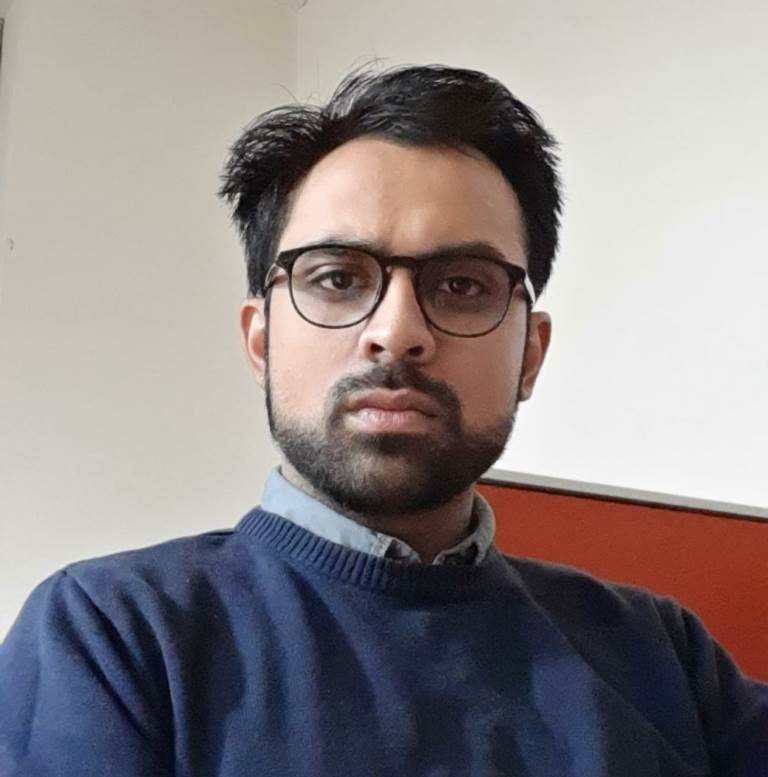
Prabhat Jawla has a Master’s degree in international relations from South Asian University, New Delhi. His areas of interest include geopolitics in West Asia with a particular focus on IRGC, Iran’s domestic and foreign policies and Indo-Iraq relations. He had worked as a research intern in West Asia Centre at Manohar Parrikar Institute for Defence Studies and Analyses (MP-IDSA) and he tweets at @aprabhatjawla.
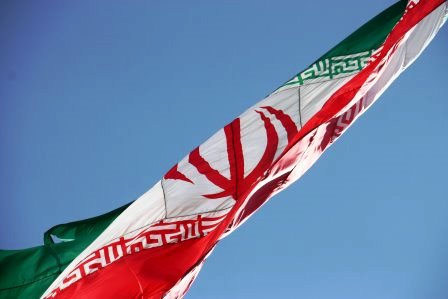
Iran celebrated another year of victory of the ‘1979 Revolution’. However, the country-w.....
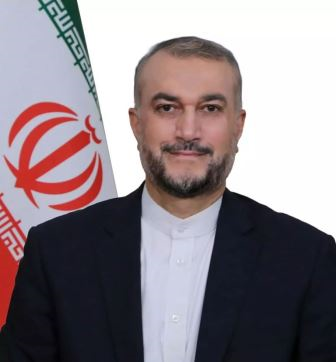
The maiden visit by Iranian Foreign Minister Hossein Amir-Abdollahian, which aimed to strengthen the.....
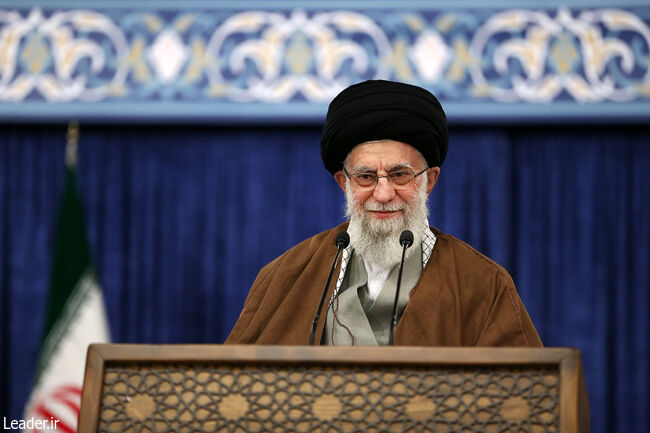
At the dawn of a new century in the Persian calendar, the Iranian Supreme Leader Ayatollah Ali Khame.....
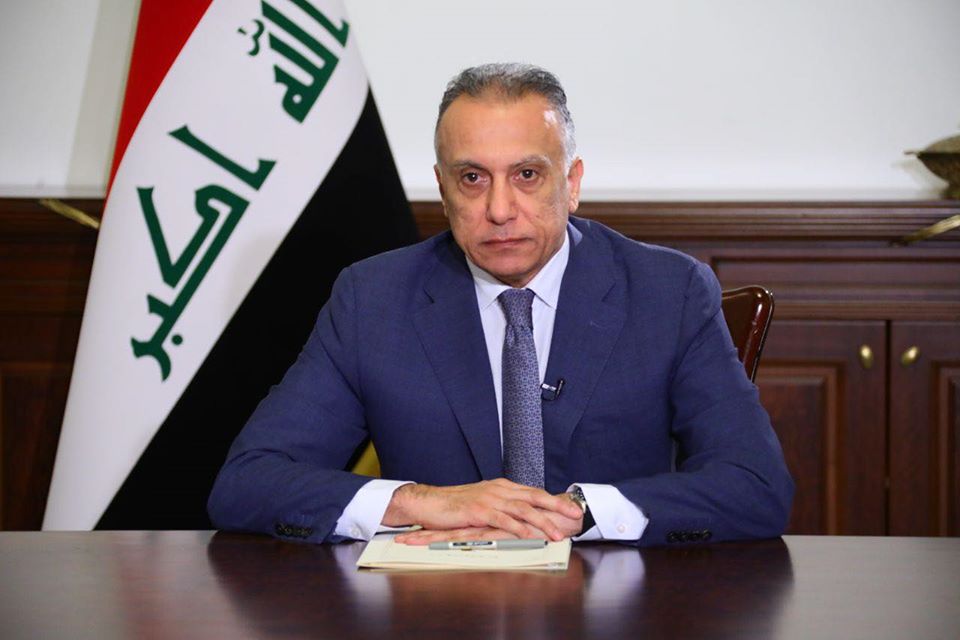
In May 2020, after months of political wrangling, the Iraqi Parliament (Council of Representatives) .....
